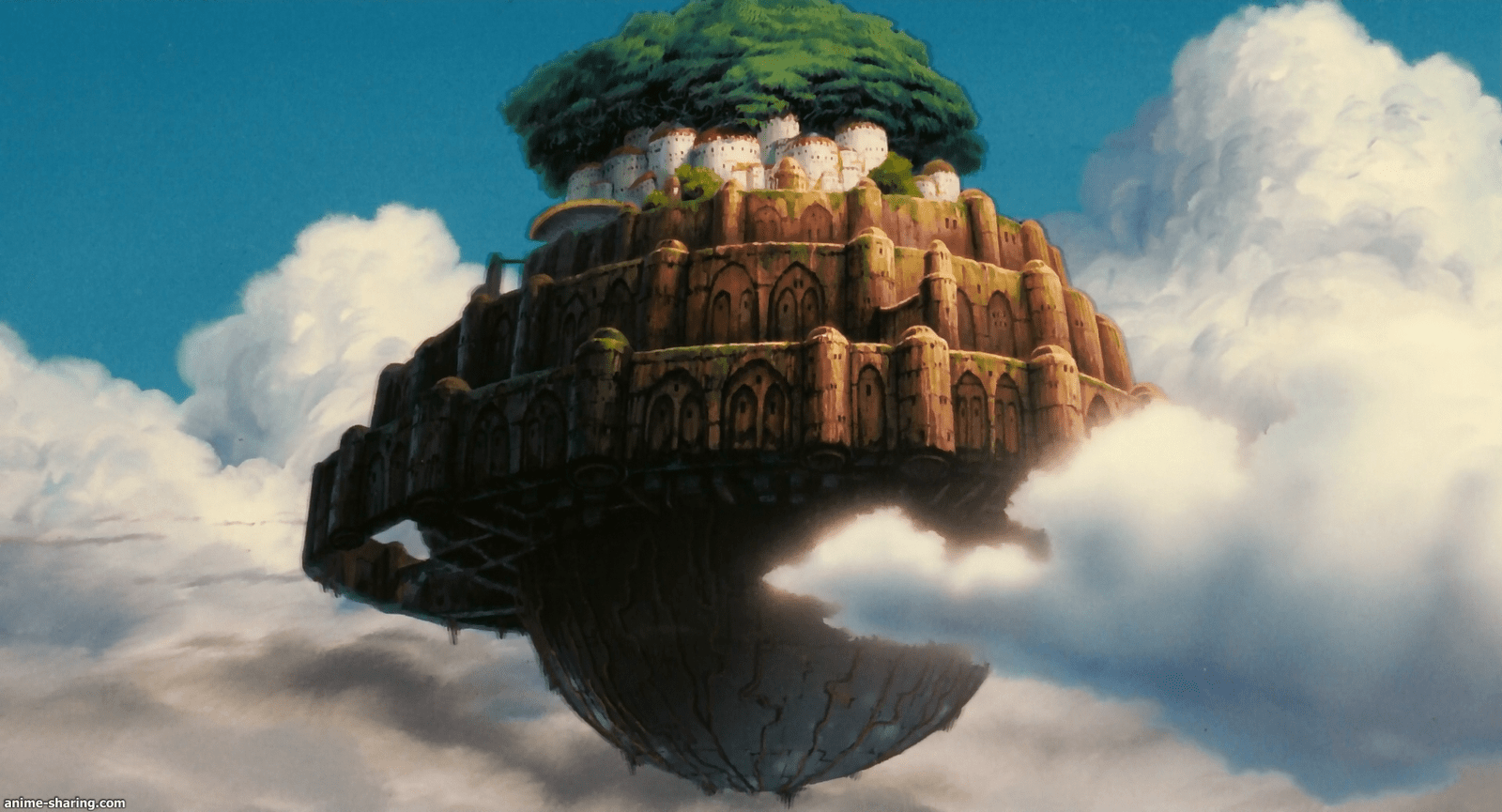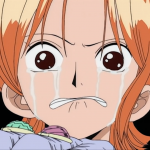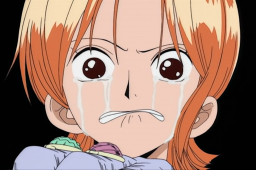
CASTLE IN THE SKY – THE ORIGIN OF THE STORY
- February 02, 2019
- by
- Aadmin
The myth of the flying island or kingdom is one that has been used in literature, movies and games over and over and over and over again. One of the most known stories is Castle in the Sky, a 1986 Ghibli Movie, directed by Hayao Miyazaki. It is about the adventure of two kids discovering a flying island that was believed to be only a legend. There is no starting point or first story I can name, I bet besides the Olymp and Cloud Cuckoo in greek mythology there are plenty of other ancient stories that deal with lands or cities in the sky but one story that had a huge influence on how flying islands are viewed in literature and media nowadays is Gulliver’s Travels that was written and published by Irish writer Jonathan Swift in 1726. The novel itself is even name dropped by Pazu while showing Sheeta a picture of Laputa. He says that Swift already talked about Laputa but that this was only in his imagination but that the island his father discovered was real.
What I find funny is that the story is often presented as a childrens’ story, even though it mainly is a satire criticising politics, science, society and human behaviour. Within the story Gulliver discovers Laputa accidentily and is pulled up the island by its inhabitants. The inhabitants of the island are probably one of the weirdest people in the novel (and I say that knowing that Gulliver also gets to know very tiny people, giants and a race of super rational horses). They look either to the right or the left, their eyes are pointing in different directions and they need to be reminded to see, talk or listen to people by being touched by the so called flapper – which basically is a long stick with little rattles on the end of it; They only wear clothes with musical and astronomical signs because they are IN LOVE with mathematics and music but only the theoretical parts of it. That is why they detest geometry and are very clumsy in everything that is practical in general. In the story, the king is trapped on the floating island and is not allowed to leave it. The island’s government floats over the rest of the kingdom and uses technology to gain advantage over its subjects. This part of the novel is a critique of the government that was distanced and disconnected from its people at that time.
It seems to be unclear where the name Laputa (which means “the whore” in Spanish) comes from but one strong hint to an interpretation gives the behaviour of the female inhabitants of the island. They despise their husbands and love strangers and have affairs with them all the time. So, yeah, the population living on the island is pretty bizarre but back to the island itself – There is a king who can command his servants to move the island by controlling the position of its core which consits of a huge magnet. In Castle in the Sky the magnet is replaced by a crystal. Many magical elements have been added to the plot but one similarity is that in both stories science is developed and used for political purposes. While Swift’s Laputa is inhabited by people and conveys a sense of chaos, Miyazaki’s version of the island is basically a lost paradise: A peaceful place with many treasures that Sheeta and Pazu manage to save from the evil force, in this case represented by Muska who intended to use the magical force to destroy others. But the movie’s religious symbolism does not stop there; Sheeta (later dressed in white) falls from the sky like an angel and fights for freedom and peace. Even her real name “Lucita” resembles something pure and means “little light”. There is even a scene in which Pazu and Sheeta are eating apples like Adam and Eve in paradise but that could also be me reading a bit too much into a generic eating scene. Talking about religious aspects and the almighty power the crystal has – in the end Muska even mentions that the light the crystal creates was the fire that destroyed Sodom and Ghomorrah and that it represents Ramayana’s Arrow of Indra. Therefore the movie creates a connection not only to monotheistic religions but also to Hinduism.
So even though the setting of the island itself has been taken from the story, almost everything else that gives Castle in The Sky its special spirit has been invented by Miyazaki. It is not one of my favorite Miyazaki films but I felt a lot of nostalgia while rewatching it after such a long time and even though I see many aspects differently now, the magic and mystery is still palpable, especially through the soundtrack, which definitely is one of my favorites.





